Due North: 3 Northern Properties You Have To See
The Northern region beckons with its awe-inspiring landscapes and rich cultural heritage
May 15, 2024
read more
Zanzibar is probably the Indian Ocean’s most celebrated Island getaway but Lamu Island is believed by many to be equally as stunning, with a similar amount of good food, culture and energy coursing through its streets.
Lamu Town, located on Lamu Island, is the oldest Swahili settlement along the East African coast, stretching from Kenya through Tanzania to Mozambique, and including Zanzibar and The Comoros. For centuries, the local Swahili people proved to be prolific traders along this route and their legacy is evident in Kiswahili language being one of the most widely spoken languages in East, Central and Southern Africa.
The half-moon-shaped port island of Lamu saw its first inhabitants occupy its landmass from the 1100s, but it was officially founded in 1370. Its key location along the coast made it one of the most important trade centres in the East African region. Today, visitors will find it has retained its cultural and social integrity and kept some centuries-old buildings from this era intact.
The island’s imposing, ocean-facing fort was constructed in the 1820 colonial period by the Sultan of Pate. After Kenyan independence, it was used as a prison for a time before today acting as a museum, library and venue for important community events.
The Lamu archipelago consists of several islands, including its namesake, Pate and Manda (which are the largest), along with the lesser-known, but also inhabited, Kiwayu and Ndau islands. Lamu Town is home to sites of historical significance, such as its Old Town, Shela, Kipungani and Matondoni settlements.
The Old Town’s UNESCO World Heritage Site status was designated in 2001, paying homage to its pristinely preserved examples of Swahili culture and its iconic architecture built with coral stone and mangrove timber. Because of its location along important spice trade routes, Lamu displays a unique fusion of Swahili and Islamic culture and has also borne witness to major Muslim religious festivals since the 19th century.
Characterised by narrow streets and mottled stone buildings accented by curved archways, the town showcases a vibrant mix of Swahili, Persian, Indian, Arabic and European architectural influence. The buildings, featuring open verandahs and arcades, face out towards the ocean, and are best admired on a dhow cruise with a local.
Lamu humbles you! Royalty, rock stars and billionaires can mingle, unbothered, with the locals and other tourists when exploring the island’s array of street markets, seaside restaurants, and idyllic beaches. Titles and classism are non-existent here, which has made Lamu a magnet for conscious travellers.
While hotels and hostels are abundant, tourism is not confined to popular spots alone. Welcoming locals are eager to share their way of life with visitors, and tourists can forge a connection with people here in a way that makes Lamu a stand-out destination for those seeking an authentic experience.
The cuisine of Lamu is a blend of its African and Eastern heritage: full of flavour and spices with influences from Zanzibar, India, Oman and beyond. Seafood is a staple, while biryani, pasta, curries, chutneys and chapati will always find their way onto your plate.
Street food culture is vibrant in Lamu and almost on par with Zanzibar. You’ll find alleys lined with food stalls from early morning until late afternoon. Here, vendors tout local delicacies from crunchy boiled potatoes known as viazi karai and fried sweet dumplings called kaimati to sugary snacks such as jelebi, and coconut rice pancakes called vitumbua.
Ever since Mick Jagger and Jerry Hall visited Lamu in the 1970s, it has drawn a bevy of celebrities and global icons from European royalty to entertainment icons such as Sting, Kate Moss, and Madonna. Why do they love Lamu? It’s a perfect mix of temperate weather, long beaches, friendly locals, rich culture, and a sense of anonymity that separates it from other famed paradise island retreats.
Lamu is also known as the ‘Island of Festivals’ with the most prominent one being the Lamu Cultural Festival. Held every November, it celebrates Swahili culture over the course of three-days and features important local pastimes such as dhow sailing and donkey races, concerts, poetry readings, culinary experiences, and Bao – one of the oldest board games in the world.
Another festival that is popular in Lamu is the Maulidi Festival which takes place in the third month of the Muslim calendar. This four-day event celebrates the birth of Prophet Mohammed with joyous music and religious sermons.
The four-day Lamu Yoga Festival is particularly appealing to travellers and takes place across Lamu Old Town, Mand Island and Shela Village. Yogis flock to the island to practice their asanas under the guidance of more than 20 professional practitioners with the option of more than 150 different classes. Swahili cuisine, dhow sailing, and meditation retreats also take place and draw participants from around the world.
Artists and curators from across African and Europe flock to the island for the annual Lamu Art Festival where they spend three weeks in different locations in Lamu working on their projects and gaining inspiration from the landscape. The festival culminates in a gallery show at the Lamu Fort where all their work is exhibited, alongside a mega concert headlined by a top Kenyan musician.
Donkeys are integral to life on Lamu with more than 6,000 calling the island home and used as a means of transport by islanders. Why so many donkeys in such a small area? Lamu’s transport infrastructure has remained largely unchanged over the past 700 years, adding to its charm. The island’s narrow streets are just four feet wide in some instances, making it near impossible for cars to move around. As a result, donkeys are the preferred mode of transport.
One of the few cars found on the island belongs to the Donkey Sanctuary in Lamu Town and is used to transport donkeys in need of medical help. One of the other vehicles on the island belongs to a government official. Many locals laud donkeys as the backbone of the economy as they’re used to transport people and all manner of goods, from supplies to building materials.
The Lamu archipelago is world-famous for deep-sea fishing. It’s nutrient-rich, tropical waters host a variety of game fish, including marlin, sailfish, tuna, giant trevally and kingfish. Manda Bay, a boutique lodge at the northern tip of the island, has its own fishing boat and employs local experts, making it one of the best places to go to embark on a deep-sea fishing endeavour.
“The big billfish (sailfish and marlin) tend to be found on a deep-water mark about an hour from the lodge but there’s plenty to be caught on the way there from barracuda, bonito, wahoo and kingfish and other common species such as the beautiful dorado, and yellowfin tuna,” says Caragh Roberts, the owner of Manda Bay.
Manda Bay’s deep-sea vessel, a stunning 33-foot fishing boat dubbed the MV Cheza, can carry six guests and is the perfect option for a deep-sea excursion. The biggest fish to be caught on the MV Cheza was a 500kg marlin who put up a day-long fight.
Lamu is accessible all-year-round with several airlines flying the Nairobi-Lamu route daily. The best time to visit is during the sport fishing season or when one of the many festivals are taking place. Interested in a more low-key and local affair? Simply avoid the high season.
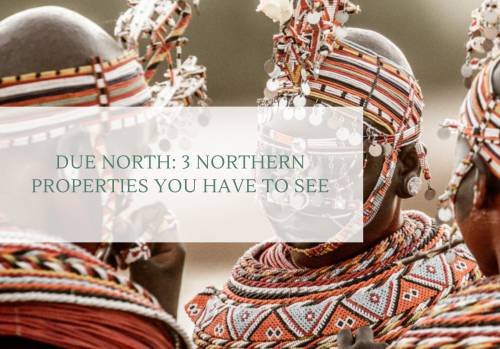
The Northern region beckons with its awe-inspiring landscapes and rich cultural heritage
May 15, 2024
read more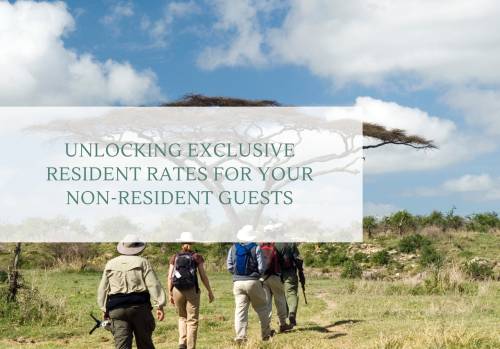
Unlock Resident Rates for friends and family visiting from outside of Kenya
April 23, 2024
read more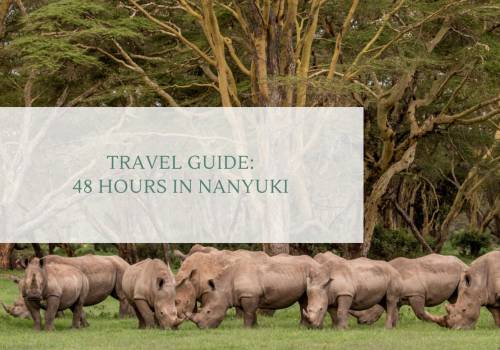
A charming haven, a gateway to Mount Kenya's majesty, and a treasure trove of experiences waiting to be explored
April 08, 2024
read more
These private, exclusive-use properties cater to your every desire
March 27, 2024
read more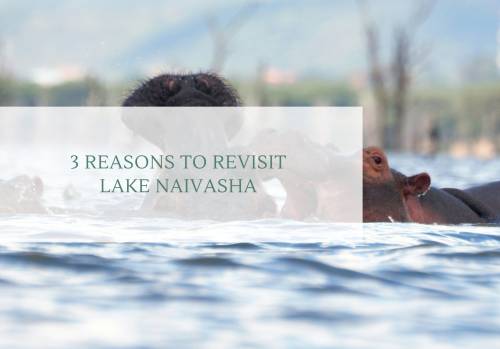
Here are 3 reasons why every Kenyan should make their way to Naivasha and rediscover the magic at the lake
March 18, 2024
read more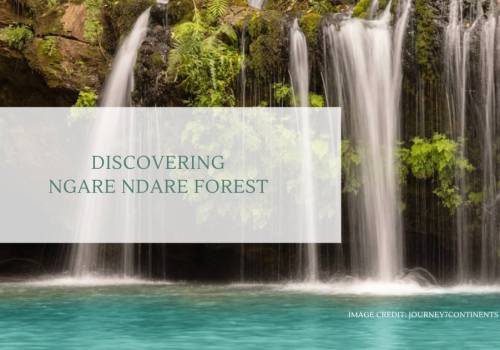
Ngare Ndare forest is a lush indigenous forest at the northern foothills of Mt. Kenya
March 12, 2024
read more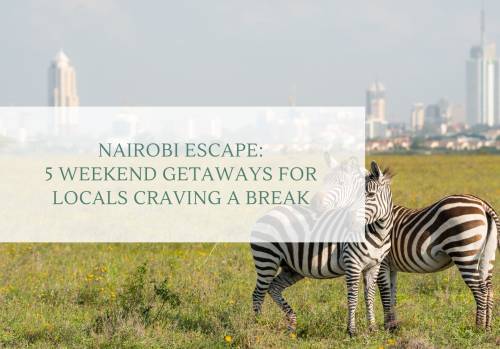
Sometimes, a change of scenery is all you need to rejuvenate your senses
March 05, 2024
read more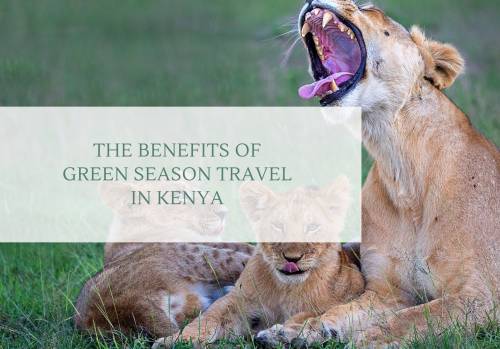
Great rates, quiet reserves, lush landscapes
February 16, 2024
read more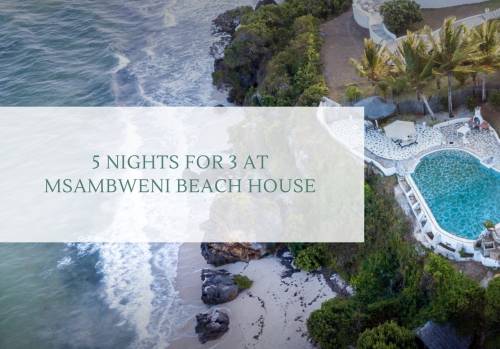
We're proud to be able to offer you another incredible offer, this time at the breathtaking Msambweni Beach House
February 14, 2024
read more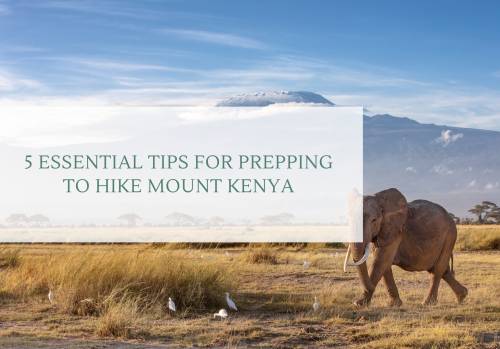
Five essential tips to ensure you are well-prepped for hiking Mount Kenya
February 09, 2024
read more
We’ve got 3 three kid-friendly half-term getaway suggestions that are sure to keep the whole crew happy.
February 02, 2024
read more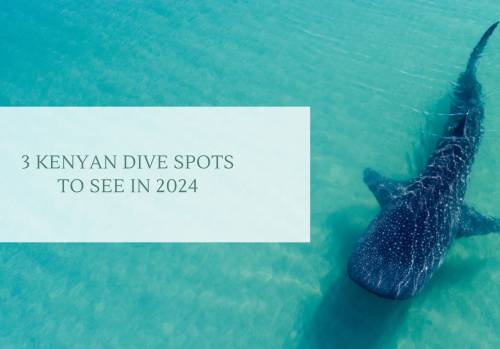
Dive into the crystal-clear waters of these Kenyan dive spots that promise a kaleidoscope of marine life and coral reefs
January 22, 2024
read more
Kenya, offers some of the most remarkable hiking experiences in East Africa. Here are our Top 3 Hikes for 2024.
January 12, 2024
read more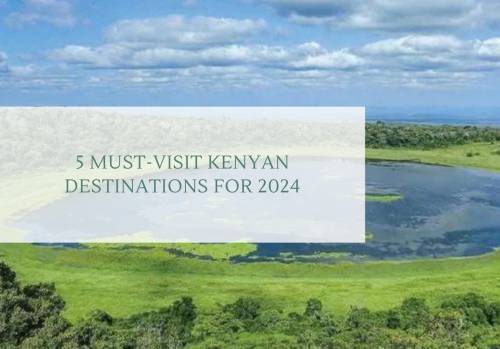
From wildlife encounters to the serenity of the coast and the adventure of active exploration
January 05, 2024
read more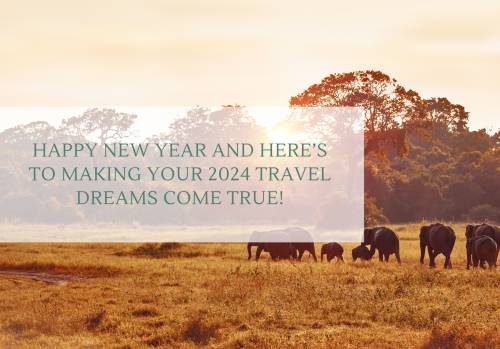
Happy New Year and cheers to another 365 days of potential for adventure and exploration!
January 01, 2024
read more